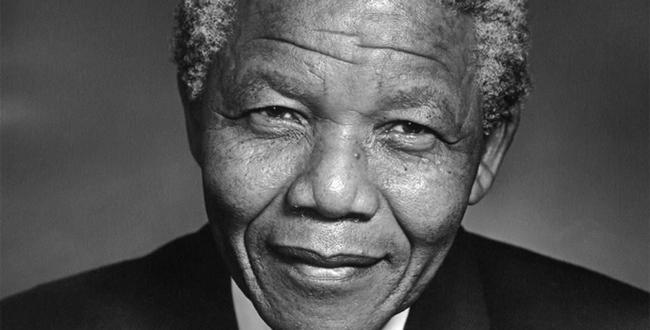Mandela’s South Africa

Even when it’s expected, death still surprises.
Prior to Mandela’s death, I had numerous conversations with editors about content that they wanted to have at the ready. It’s standard practice for news organizations to prepare obituaries of well-known people on file, but the preparations for Mandela were extreme. In the hours and days after the announcement of his death, the media published and aired an untold number of features that they had been sitting on for years. In South Africa, a special pop-up TV channel debuted, filled with Madiba-related documentaries and commentary.
I originally wrote this travel piece, “Mandela’s South Africa,” quite a while before he died. And then, during a health scare when the end seemed imminent (but turned out not to be), the commissioning editor said that they somehow had already published a too-similar piece. I had a completed feature that had to be sold almost immediately, or so I thought, based on the original editor’s view that such a piece had to be published while Mandela was alive. I quickly found a home for it at Ebony.com, but they opted to sit on it until December 5, 2013, when the great leader finally passed.
Today marks one year since Tata Madiba died.
Nelson Mandela’s South Africa
Ebony.com
Where to go to literally walk in the footsteps of the visionary leader.
Few statesmen are as intertwined with their country’s identity as Nelson Mandela and South Africa are. Lovingly known as Madiba (his clan name), Tata (“Father” in Xhosa), and the Father of the nation, Nelson Rolihlahla Mandela emerged at a young age as a leader in the struggle against the injustices of apartheid and its codified racism. As we reflect on his tremendous legacy in the wake of his passing, some may consider planing a voyage to the land where he spent his long, impactful life.
Visitors to South Africa inevitably want to learn more about its social justice movements, and Mandela’s inspirational life story features prominently. Jo Buitendach of Past Experiences in Johannesburg says that about half of the people who take her walking tours are foreign travelers, and half are South Africans keen to learn more about their young democracy’s history.
Read the rest here:
http://www.ebony.com/photos/black-history/nelson-mandelas-south-africa-photos-405#.UsFtQ_a6cqf
 Download a free copy of “5 Proven Steps to Writing Queries that Sell.” I hate spam and will never share your info.
Download a free copy of “5 Proven Steps to Writing Queries that Sell.” I hate spam and will never share your info.